Removing Pubic Hair
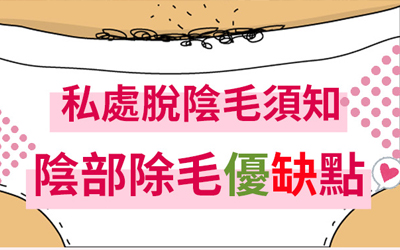
Should I remove pubic hair or not? In recent years, pubic hair removal has become increasingly common among women in Hong Kong. What are the advantages and disadvantages of pubic hair removal, and what are the different methods for intimate hair removal? Which one is cost-effective and less painful? What precautions should you take before and after hair removal? This article will explain each of these topics.
Advantages of Intimate Hair Removal
• Reduced Risk of Bacterial Infections: Hong Kong's hot summers often lead women to wear tight clothing, which can trap heat and moisture in the genital area. This, combined with sweat and the adhesion of urine and vaginal secretions to pubic hair, can create an environment conducive to bacterial growth. Removing pubic hair can reduce the chances of unpleasant odors and lower the risk of vaginal infections.
• Easier Menstrual Care: During menstruation, fluids can easily adhere to pubic hair, requiring constant cleaning. Pubic hair removal eliminates this inconvenience.
• Prevention of Pubic Lice: Pubic lice are parasites that thrive in pubic hair, causing itching and discomfort. Removing pubic hair reduces the chances of infestation.
• Enhanced Aesthetics: Pubic hair removal eliminates the embarrassment of hair peeking out of swimsuits and provides a clean and tidy appearance, enhancing the enjoyment and experience of intimacy.
Disadvantages of Intimate Hair Removal
During sexual activity, pubic hair can act as a cushion, reducing friction between partners. Pubic hair removal may result in skin abrasion during vigorous sexual encounters.
Methods of Pubic Hair Removal
There are five common methods of pubic hair removal: shaving, electric razors, waxing, laser hair removal, and depilatory creams.
Shaving:
Shaving is a quick and cost-effective method, but it only provides temporary results, and hair tends to grow back quickly and coarser.
Electric Razors:
Electric razors come in both "trim" and "pluck" varieties. Trimming may not provide a close shave, and plucking can be painful and may lead to inflammation.
Waxing:
Waxing can remove a large area of pubic hair at once but can be painful and may cause skin redness and irritation.
Laser Hair Removal:
Laser hair removal is relatively painless and works by damaging hair follicles. However, it is expensive and may require multiple sessions for permanent results.
Depilatory Creams:
Depilatory creams are painless, and you simply apply them to the desired area. One such product is "Relove Instant Clean Hair Removal Cream" from Taiwan, which is gentle and contains natural moisturizing ingredients to protect the skin from irritation.
Common Questions About Female Pubic Hair Removal
Q: Why does pubic hair removal sometimes cause itching?
A: It may be due to the texture of the razor or an allergic reaction, so it's important to clean and disinfect the razor before shaving.
Q: Can I remove pubic hair during menstruation?
A: It's best to avoid it during menstruation as the skin is more sensitive, and you may experience increased discomfort.
Q: Is complete removal of pubic hair the best option?
A: Not necessarily; it depends on personal preferences. Some women in Japan opt for shapes like ovals or inverted triangles.
Precautions Before Pubic Hair Removal
• Moisturize the pubic area to prevent dryness and discomfort during hair removal.
• Clean and disinfect your hands and hair removal tools before starting.
Post-Pubic Hair Removal Care
• After shaving, avoid forcibly pulling out new hairs or hairs you missed to prevent skin damage.
• If you've used laser hair removal, be cautious with hot water and use moisturizing products to soothe and hydrate the skin. After pubic hair removal, the skin is delicate, so wear loose-fitting underwear to prevent sweating and friction-induced skin damage.






































































-80x80w.jpg)








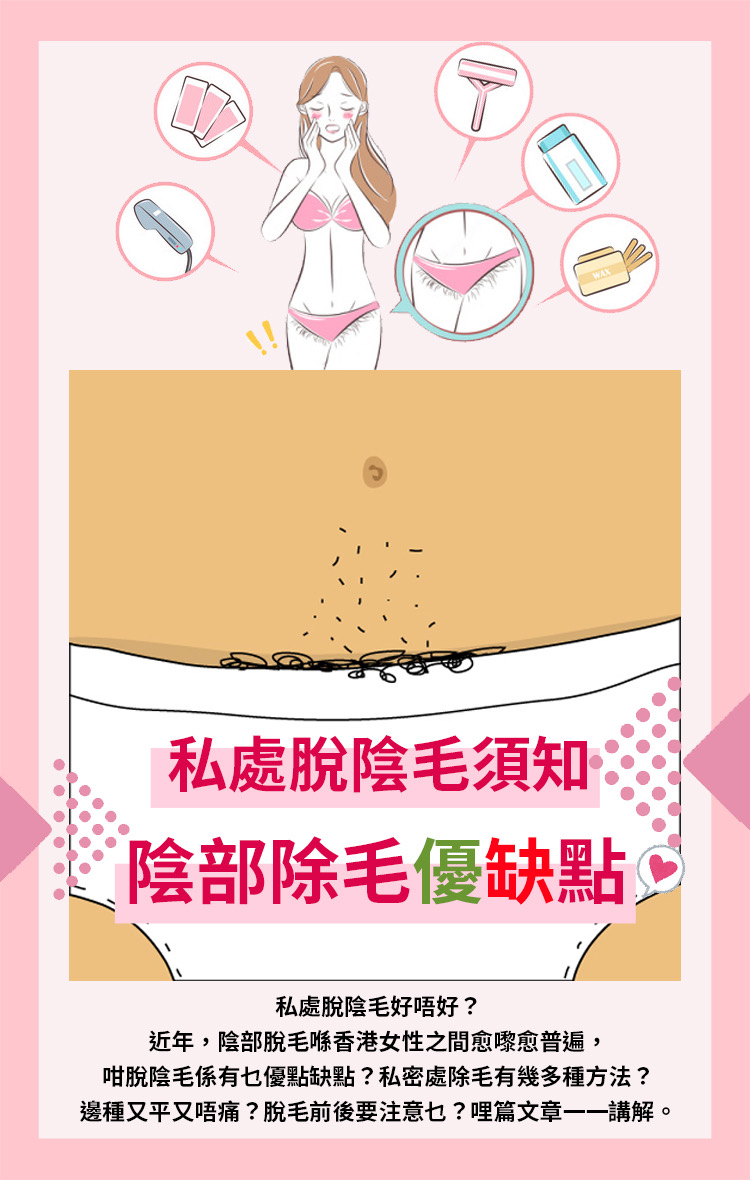
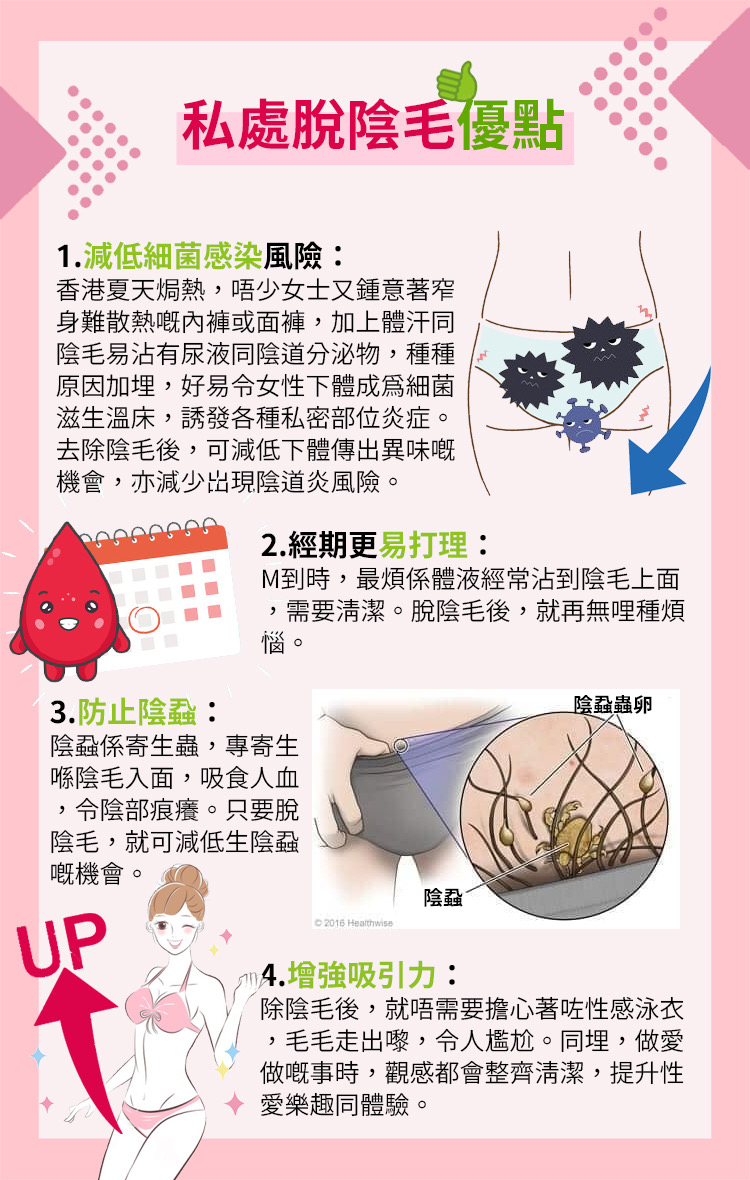
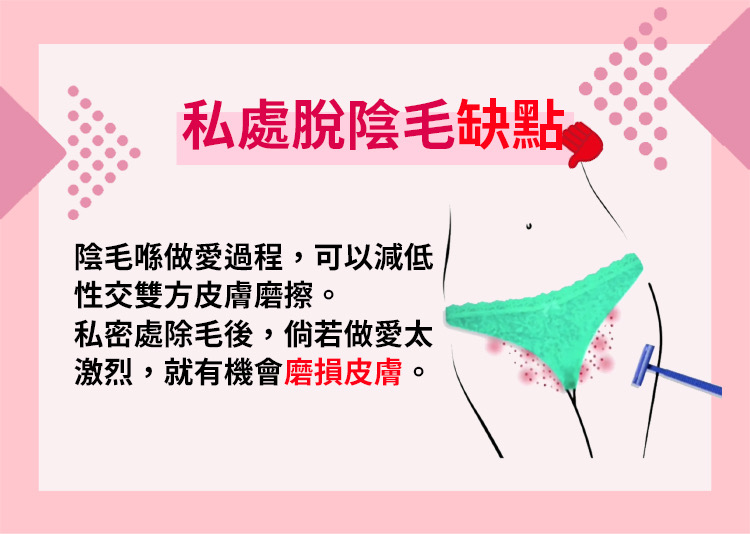
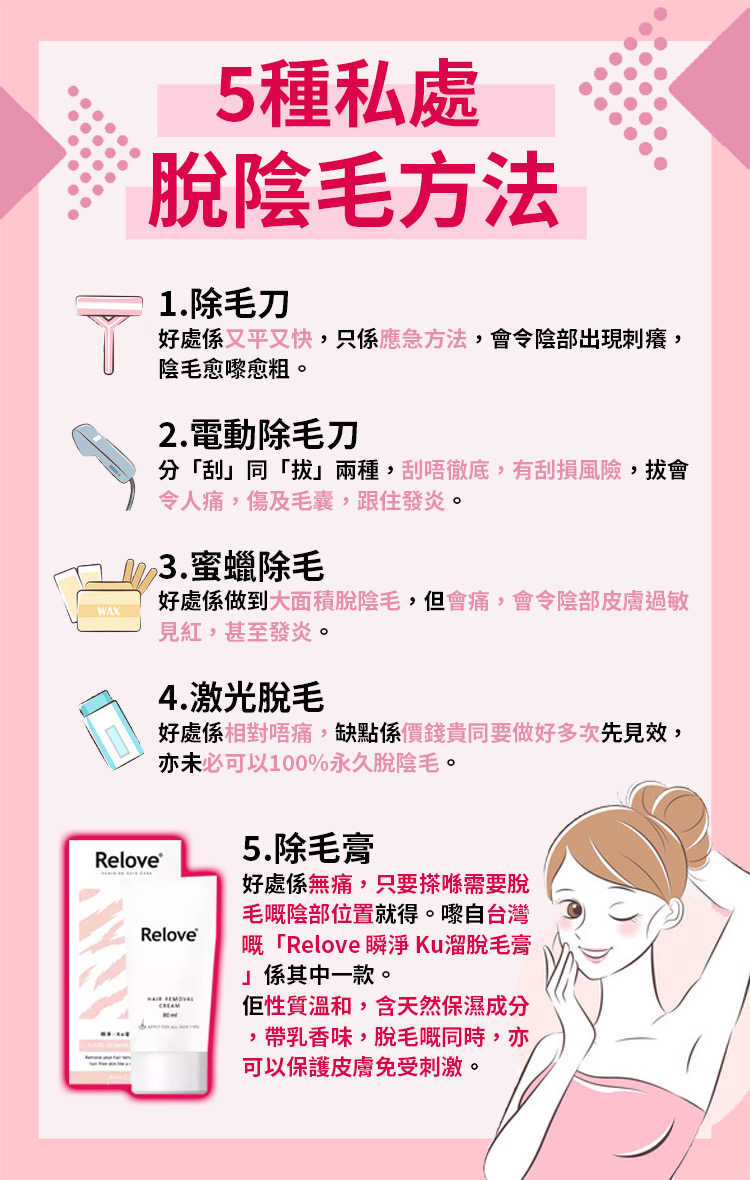
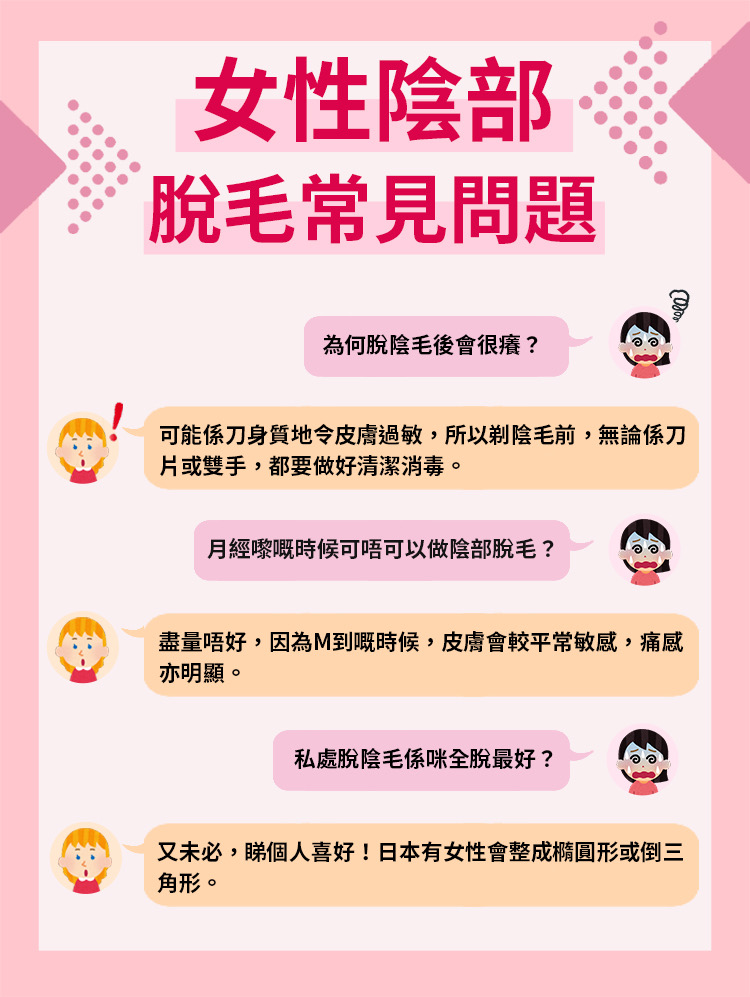
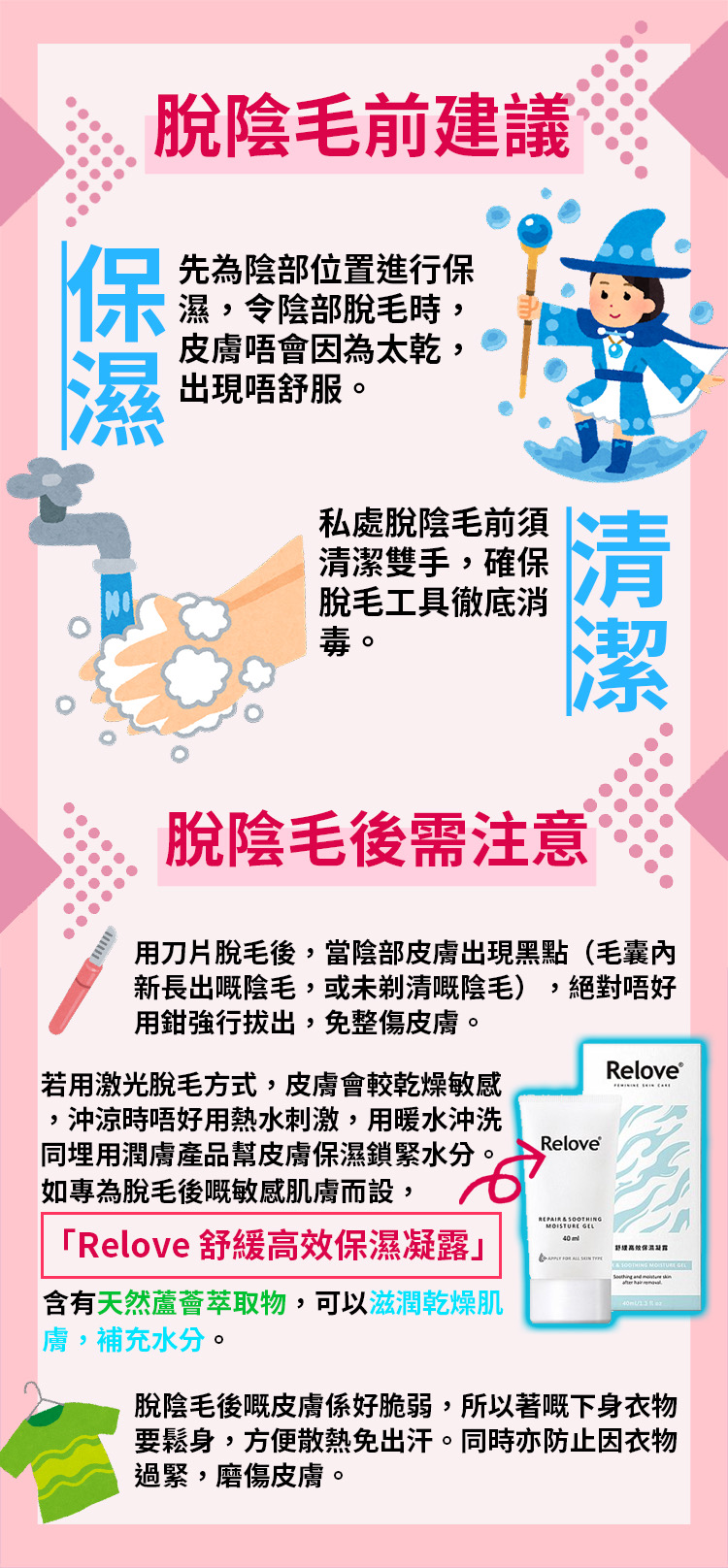
Leave a Comment